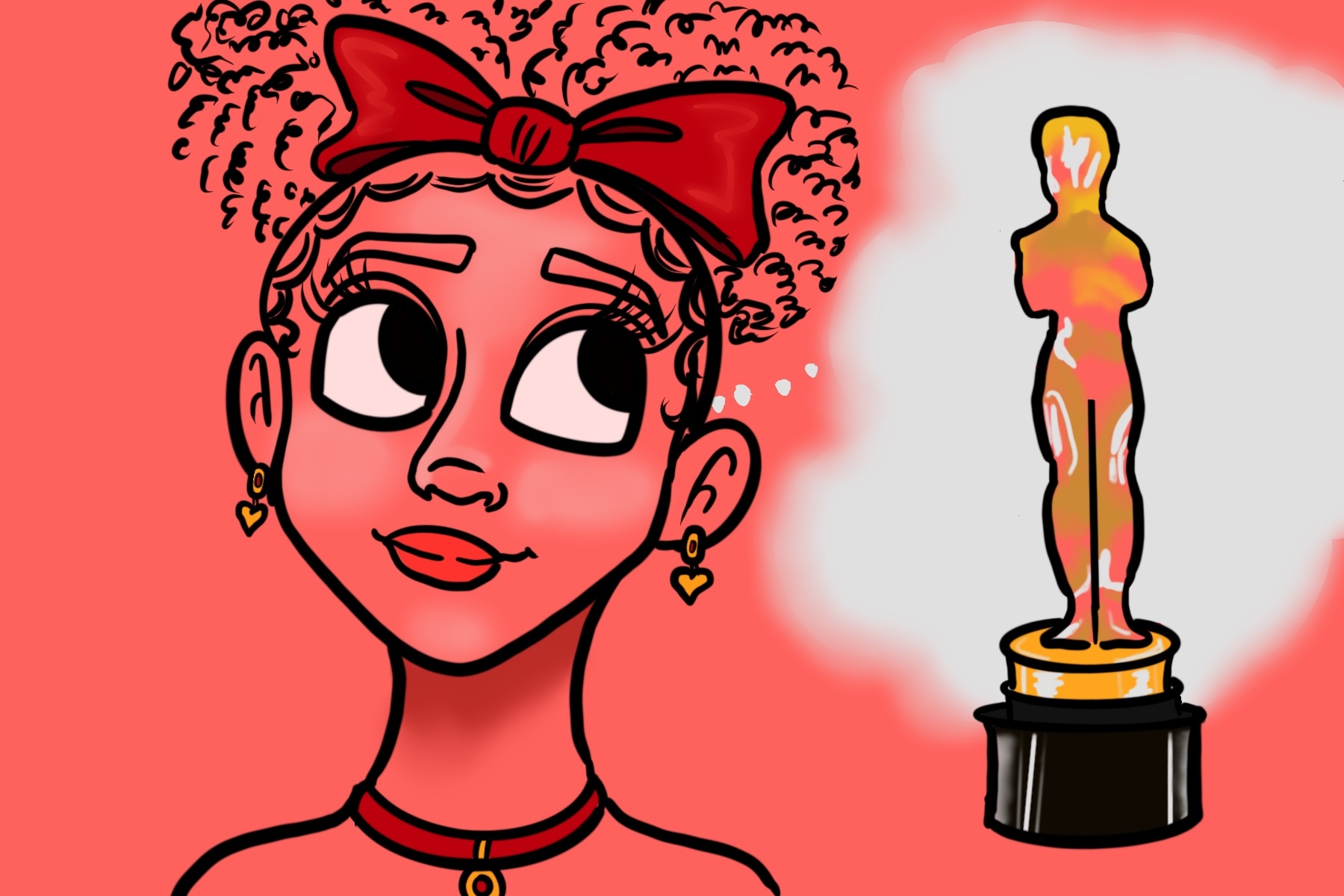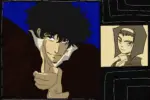“Animation is something that kids enjoy, and adults have to endure.” That was the general tone of the Oscars this year, as hosts joked about having only watched the winner, “Encanto,” because of their children. The Academy hasn’t taken animation seriously since “Beauty and the Beast” was nominated for best picture in 1991. It didn’t win that distinction, but the nomination alone scared the film industry, and partially led to the creation of the best animated feature category, separating animated films from the more prestigious awards forever. The idea that animation is purely kids’ stuff has led to a feeling of isolation among the talented adults that work to bring these movies to life. Some believe it’s time to make that separation more drastic and create a whole new Oscars for animated media.
The problem mainly stems from the idea that animated movies are a monolith. When we think about animation, Disney comes to mind immediately, which primarily makes content for children. Even though most of these movies also contain themes and elements that adults in the audience can enjoy, for the most part, these clean and bright-colored films have set the tone for the rest of the genre. However, animation is not a genre at all. It’s a medium, the same way that video games, books and live-action movies are. Within animation is a broad collection of films and television shows that fit into a variety of genres, from horror to adventure to romance. Children’s content is included in there too, no doubt, but there are live-action films made for children, too. However, that doesn’t immediately write off movies like “Deadpool” or “Fifty Shades of Gray” as “kid’s stuff.”
In fact, the first Western motion picture ever created was just that: a moving photo of a running horse. That precedent set the basis for animation at the time, which was created by quickly moving through drawn pictures in rapid succession. Only after this was a live-action film created, combining the ideas of animation with the art of theater. Unfortunately, characters like Mickey Mouse sent an enduring message to audiences at the time, one that still echoes among today’s crowds: Animation is for children, and live-action is for adults.
Still, this attitude is only pervasive in the West. Many people in America treat Japanese anime as an entire genre of television, but it too is simply a medium of expression, in the same way that animation is in the West. There is anime made for children as well, but primarily, anime is created for mature audiences, with many of them including rather graphic themes and imagery. “Attack on Titan,” a Japanese anime that has been running since 2013, is one of the most-watched television shows of all time, tied with shows like “Game of Thrones” and “Euphoria” in both ratings and number of content warnings. Anime doesn’t carry the same assumptions in Japan as animation does in America; it’s understood to be a diverse and artistic medium that can create entertainment for both adults and children.
Western audiences are starting to discern the difference between animation and children’s cartoons, but it’s been an uphill battle. Television has been creating more adult-centered animated shows for years, including older shows like “Family Guy” and “Archer” and newer additions like “Big Mouth” and “Rick and Morty.” Still, these shows are primarily comedies and have not been taken particularly seriously by the rest of cinema. It’s been difficult to push mature, dramatic animated shows to the mainstream, but as anime gets more popular in the West, producers have been incorporating more of its influence into their shows.
This led to the creation of some intensely popular animated titles over the past few years, like Netflix’s “BoJack Horseman,” “Arcane: League of Legends” and Amazon Prime’s “Invincible.” These shows aren’t targeted toward kids, with “BoJack Horseman” exploring the dark and twisted psyche of a retired celebrity and “Invincible” featuring some of television’s most gratuitous on-screen violence. Both of these shows earned ratings of 8.8 and 8.7, respectively, and “Arcane” earned a whopping 100% on Rotten Tomatoes, so clearly there is a desire for animated television made for primarily adult audiences.
Though animated television has been getting more respect from the film industry, the same can’t be said for animated movies. Though “Spider-Man: Into the Spider-Verse” was wildly popular with all ages and heralded as one of the best comic book movies ever created, it’s still a comic book movie and one that’s rather kid-friendly. Groundbreaking animated films like “Soul” and “Coco” can’t break out of the same shiny Pixar pile of kid’s movies, either. Their ratings are consistently high, but they’re still not considered as sophisticated as big studio, live-action blockbusters. Regardless of complexity or genre, all these animated movies have been continuously grouped together under one overshadowed Oscar category.
Does that mean it’s time to separate from the Oscars altogether? Many have remarked that other mediums, like television and video games, have their own award shows, like the Emmys and the Game Awards. This allows for there to be more separation by true genre, and more distinction to be given to overlooked contributors like voice actors, directors and animators. Animation is one of our society’s oldest forms of visual media, yet it remains to be the one with the least respect. Giving it its own space to celebrate the talents and artistic advancement of its craft might help remedy some of the injustices the Academy has delivered over the past few decades.

















